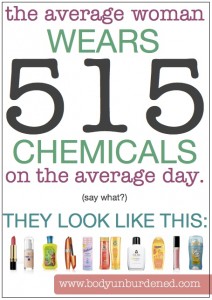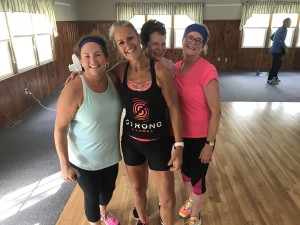
In this article I’ll explore the benefits of group exercise as oppose to trying to do it by yourself. We will look at why it’s so important for those wanting to get fitter and healthier plug into a fitness community. Not only that, but we will see how this type of exercise helps individuals reach and maintain their health and fitness goals successfully.
I have been teaching exercise in one form or another for over 20 years. It has been my full time occupation now for 8 years, and one of my greatest delights while teaching and training is to see people connect with one another and form a supportive and motivating fitness community.
I remember from my days of attending exercise classes how much fun it is to work out with friends, and have friends support and encourage you in your fitness goals. But beyond that there is an added element of motivation that comes with being part of a group.
This can be true of health and fitness clubs to a degree, but there is always the added element of being surrounded by mirrors, and working out with others you don’t know, who seem to be so much fitter than you are. In a traditional health club environment, this can be the opposite of motivating, and many people have left feeling discouraged and given up before they even start.
At our Community Center location we do not have mirrors, which for many is a HUGE positive. It makes sense to me that watching yourself and others exercise can be discouraging for those with insecurities about their body image and their abilities in a group class. As much as a mirror can help us with our form, it can also highlight comparisons between exercisers in such a way as to be discouraging. As quoted in this study “ Women in a mirrored environment reported greater self-consciousness and more social comparisons”
It also seems that our fitness community has been truly blessed with some of the very nicest people! I am always so excited to see new participants welcomed and befriended when they join a class. Many come and meet people they haven’t seen in a long time but used to know, so old friendships are reignited. There is a wonderfully supportive element in our classes, and it’s very exciting to see people feeling accepted and encouraged not only by me but by their fellow class participants.
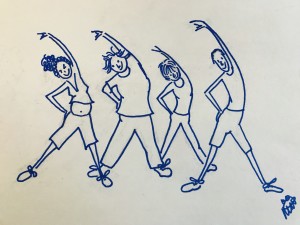
To continue to encourage the enrichment and growth of our fitness community, every month or so we invite those currently attending our classes or coming to me for one-on-one training, to join us for a meal at a local restaurant. This added social element is designed to enrich our relationships with one another, and promote the continuation of support in our quest to reach and maintain our health and fitness goals. Of course if one is to be truly and wholly healthy, then there is a psychological aspect to be considered. Feeling accepted, loved, encouraged and supported by other members of our community makes us overall happier and more positive people. Ergo our psychological health is also nurtured in a social or exercising group environment.
Personal Training is another method that has been proven highly effective in achieving and maintaining health and fitness goals. The accountability of having a weekly or twice weekly appointment with a trainer is key to ensuring you are sticking to an exercise program and working towards your goals. As quoted in this article “Anyone who has worked with an exercise professional understands that a personal trainer offers much more than just exercise advice and company during a workout. An experienced, educated and encouraging trainer will offer lifestyle coaching, time management and support on staying motivated. A registered personal trainer will also be able to tailor each exercise session to your individual needs, fitness & exercise levels, and health and injury history. Your workouts will be safe and effective.”
As you start this new year, consider what you would like to accomplish in the area of health and fitness. Nothing is more important! Ask yourself the following questions
- Am I stressed? If so how can I decrease my stress?
- Do I get enough exercise daily?
- Is my diet healthy?
- Do I have happy healthy relationships?
In answering the above questions, think about baby steps towards a happier healthier you. Consider becoming part of a community that will support and encourage you in your goals. Take one tiny step today towards improving your health and ultimately your life.
For those interested, below are links to studies that show the benefits of a supportive group when starting an exercise and fitness routine.
Benefits of group support for weight loss and fitness maintenance
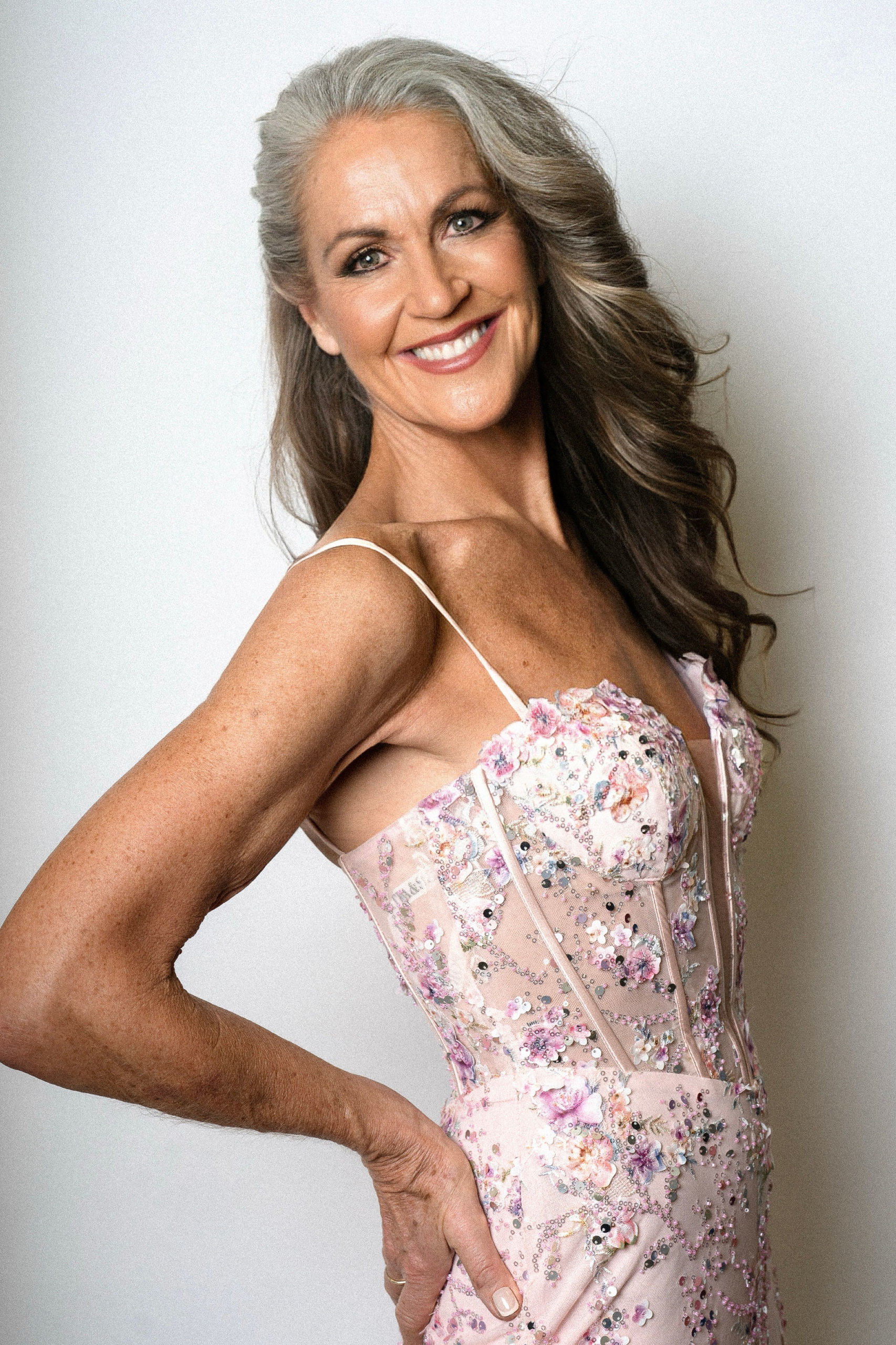
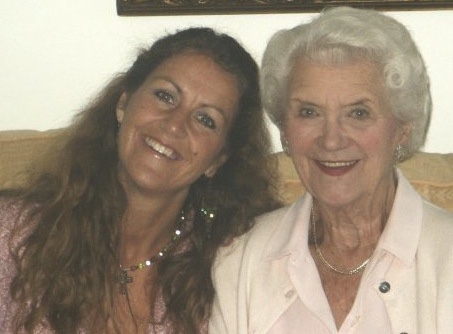
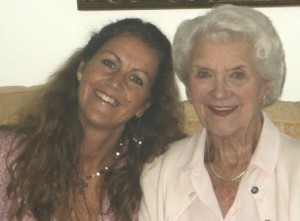
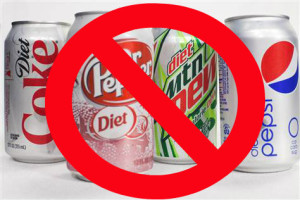
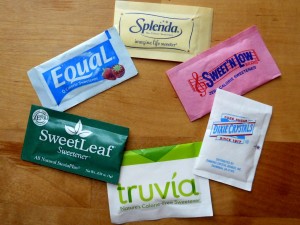 The bottom line here is that it is really best to stay away from soda all together. Look at your consumption of any sugar and/or sugar-like substances, and do your best to eliminate or at least reduce its presence in your diet. The only safe low calorie sugar alternative is Stevia, which comes from a plant. Personally I do not enjoy the flavor of stevia as it is much sweeter than sugar, but if you can take the taste, at least you know you are eating something natural rather than manufactured.
The bottom line here is that it is really best to stay away from soda all together. Look at your consumption of any sugar and/or sugar-like substances, and do your best to eliminate or at least reduce its presence in your diet. The only safe low calorie sugar alternative is Stevia, which comes from a plant. Personally I do not enjoy the flavor of stevia as it is much sweeter than sugar, but if you can take the taste, at least you know you are eating something natural rather than manufactured.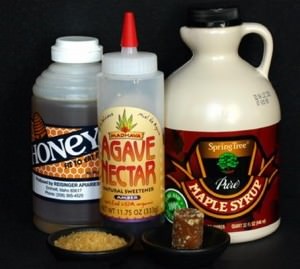
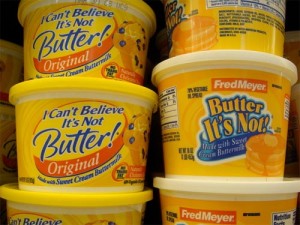 So this is a hot topic: Should we eat butter, with its high fat content, or switch to one of the many low
So this is a hot topic: Should we eat butter, with its high fat content, or switch to one of the many low In fact, these low fat miracle products generally have a bunch of junk in them to make them taste good—extra sugar, chemicals, additives—which in the end are
In fact, these low fat miracle products generally have a bunch of junk in them to make them taste good—extra sugar, chemicals, additives—which in the end are 
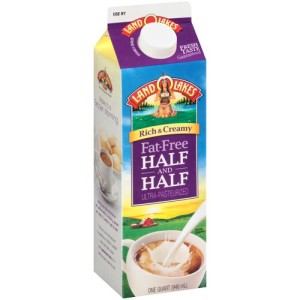 And the oxymorons continue! My first thought would be ‘what’s the point’!!! But I assume people who buy fat free products are under the impression that fat is bad, and this is a way to save fat and calories while still enjoying a ‘fat like’ taste. Well, that ‘fat like’ taste is created by replacing fat with corn syrup and chemical thickeners (carrageenan is most common, and has been linked with cancer in multiple studies) that create the ‘fat like’ flavor and texture. Most fat free products are the same, instead of fat they add corn syrup and chemical additives.
And the oxymorons continue! My first thought would be ‘what’s the point’!!! But I assume people who buy fat free products are under the impression that fat is bad, and this is a way to save fat and calories while still enjoying a ‘fat like’ taste. Well, that ‘fat like’ taste is created by replacing fat with corn syrup and chemical thickeners (carrageenan is most common, and has been linked with cancer in multiple studies) that create the ‘fat like’ flavor and texture. Most fat free products are the same, instead of fat they add corn syrup and chemical additives.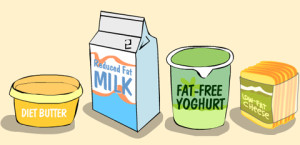

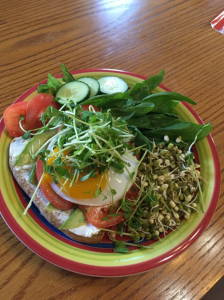 1 slice whole wheat toast 80-110 calories depending on brand.
1 slice whole wheat toast 80-110 calories depending on brand.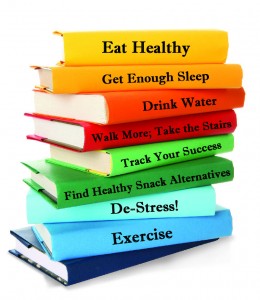
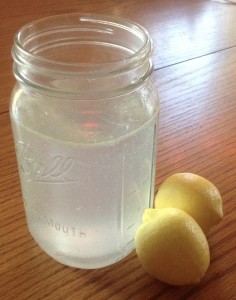
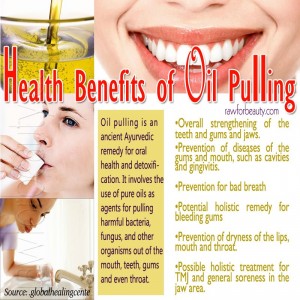


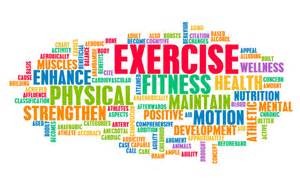

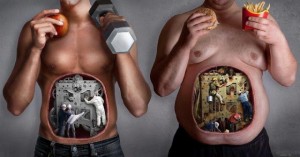

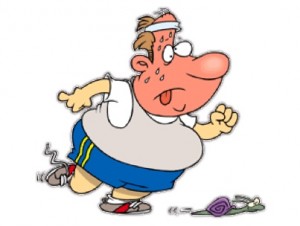 getting more than just our workout in during the week. If a trainer is not possible for you, start by moving more, walking further, parking farther away from places. Take the stairs and not the elevator. Start small and increase gradually, keep a log so you can see the improvement. Check out my workout page for some easy ideas for working out at home.
getting more than just our workout in during the week. If a trainer is not possible for you, start by moving more, walking further, parking farther away from places. Take the stairs and not the elevator. Start small and increase gradually, keep a log so you can see the improvement. Check out my workout page for some easy ideas for working out at home. er. We each need about half our body weight in fluid oz of water daily. This is the best visual image of why
er. We each need about half our body weight in fluid oz of water daily. This is the best visual image of why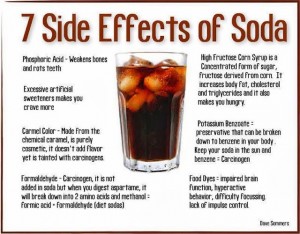
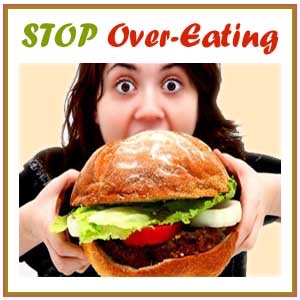 on out of eating, and see it as providing fuel and nutrition for our bodies. Try finding a different habit to comfort you when things don’t go as planned, or a different reward when things go well. This will be a big step in the right direction. Diets can provide a short term solution, but unless you change the way you eat long term, eventually when the diet ends you will resume old habits and gain the weight back again. Slowly purge your pantry of ‘trigger’ foods, those you can’t stop eating, and incorporate healthier choices. For more on this topic go to the ‘Change the way you eat’ page of this site.
on out of eating, and see it as providing fuel and nutrition for our bodies. Try finding a different habit to comfort you when things don’t go as planned, or a different reward when things go well. This will be a big step in the right direction. Diets can provide a short term solution, but unless you change the way you eat long term, eventually when the diet ends you will resume old habits and gain the weight back again. Slowly purge your pantry of ‘trigger’ foods, those you can’t stop eating, and incorporate healthier choices. For more on this topic go to the ‘Change the way you eat’ page of this site.